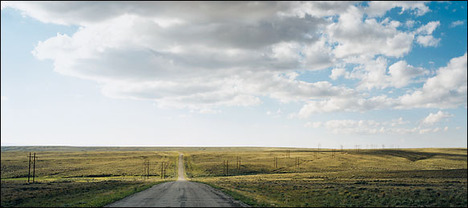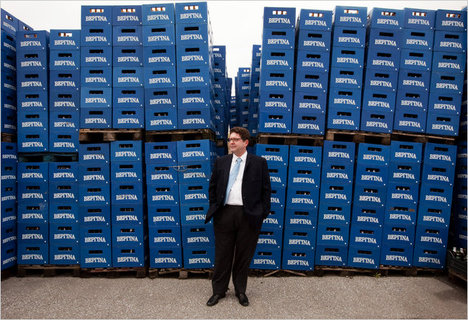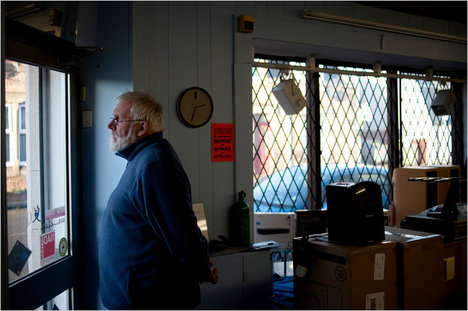 The open road. Source of photo: online version of the NYT article quoted and cited below.
The open road. Source of photo: online version of the NYT article quoted and cited below.
(p. 60) I’ve been converted by a renegade school of thinkers you might call the autonomists, because they extol the autonomy made possible by automobiles. Their school includes engineers and philosophers, political scientists like James Q. Wilson and number-crunching economists like Randal O’Toole, the author of the 540-page manifesto ”The Vanishing Automobile and Other Urban Myths.” These thinkers acknowledge the social and environmental problems caused by the car but argue that these would not be solved — in fact, would be mostly made worse — by the proposals coming from the car’s critics. They call smart growth a dumb idea, the result not of rational planning but of class snobbery and intellectual arrogance. They prefer to promote smart driving, which means more tolls, more roads and, yes, more cars.
. . .
(p. 65) . . . Macaulay . . . observed in the 19th century that ”every improvement of the means of locomotion benefits mankind morally and intellectually, as well as materially.”
. . .
In an essay called ”Autonomy and Automobility,” Loren E. Lomasky, a professor of political philosophy at the University of Virginia, invokes Aristotle’s concept of the ”self-mover” to argue that the ability to move about and see the world is the crucial distinction between higher and lower forms of life and is ultimately the source of what Kant would later call humans’ moral autonomy. ”The automobile is, arguably, rivaled only by the printing press (and perhaps within a few more years by the microchip) as an autonomy-enhancing contrivance of technology,” he writes. The planners determined to tame sprawl, Lomasky argues, are the intellectual heirs of Plato and his concept of the philosopher-king who would impose order on the unenlightened masses.
For the full commentary, see:
Tierney, John. “The Autonomist Manifesto (or, How I Learned to Stop Worrying and Love the Road).” The New York Times Magazine (Sun., September 26, 2004): 57-65.
(Note: ellipsis added.)
The Lomasky essay is:
Lomasky, Loren E. “Autonomy and Automobility.” The Independent Review
2, no. 1 (Summer 1997): 5-28.
The Macaulay quote is from:
Macaulay, Thomas Babington. “Chap. 3, State of England in 1685.” The History of England from the Accession of James II. 1848.
The O’Toole book is:
O’Toole, Randal (sic). The Vanishing Automobile and Other Urban Myths: How Smart Growth Will Harm American Cities. Camp Sherman, Oregon: The Thoreau Institute, 2000.
The Wilson essay is:
Wilson, James Q. “Cars and Their Enemies.” Commentary 104, no. 1 (July 1997): 17-23.






